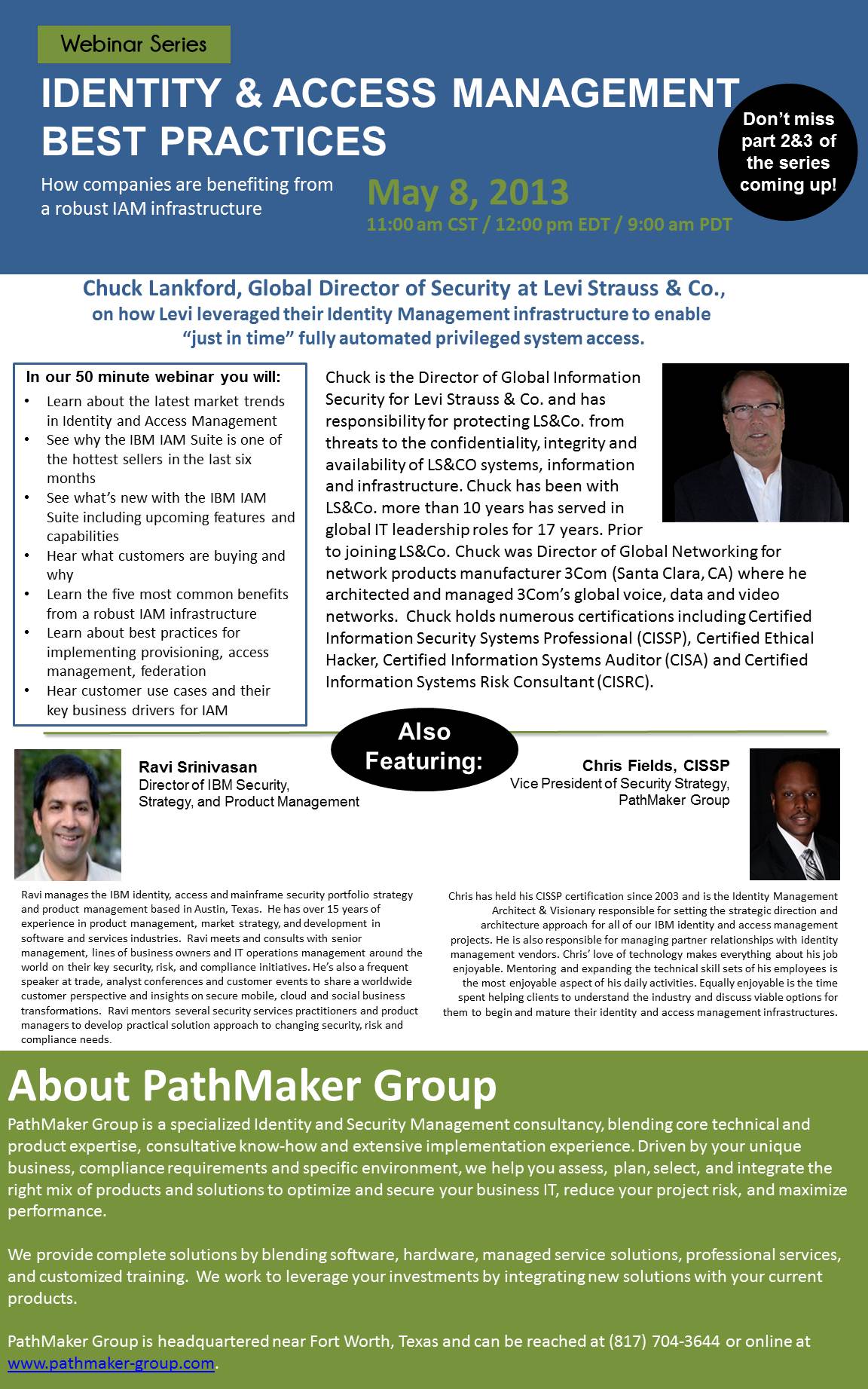Using Tivoli Federated Identity Manager to Get What You Want
- You want to enhance your company’s business-to-business and business-to-consumer collaborations with centralized user access management through application integration and secure authentication.
- You want to improve the experience of users at your company and lower costs through business-to-consumer user self-care and federated access control to on and off premises applications.
- You want to enable single sign-on (SSO) for external users to internal applications and for internal users to cloud-based applications.
- You want to provide web fraud detection and prevention capabilities through risk-based access control.
You want a lot!!!!! Lucky for you there is …………
Tivoli Federated Identity Manager (TFIM)
IBM Tivoli Federated Identity Manager is an access-management solution that provides web and federated SSO to end users across multiple applications. TFIM allows collaboration across an organization’s business ecosystem and plays a key role in businesses extending their application access to business partners, customers and consumers. TFIM provides the ability for internal users to access externally hosted applications, including cloud-based applications and business partner applications. Read more



 About Ravi Srinivasan:
About Ravi Srinivasan:
